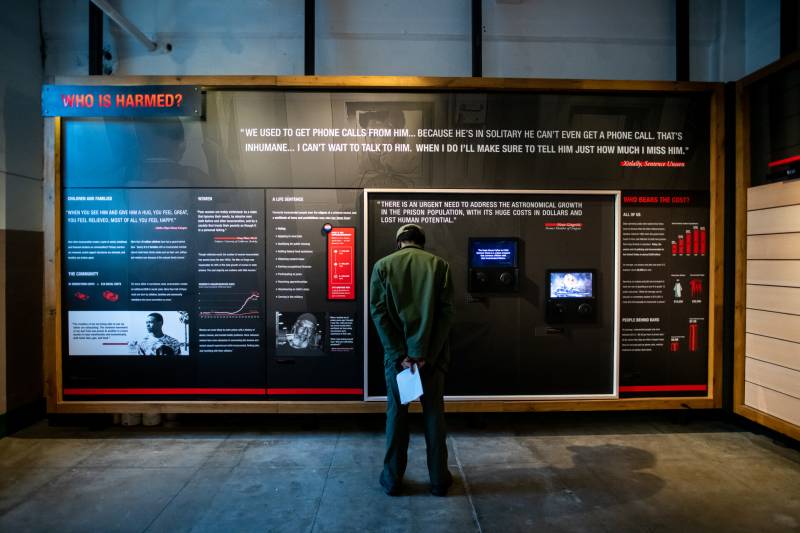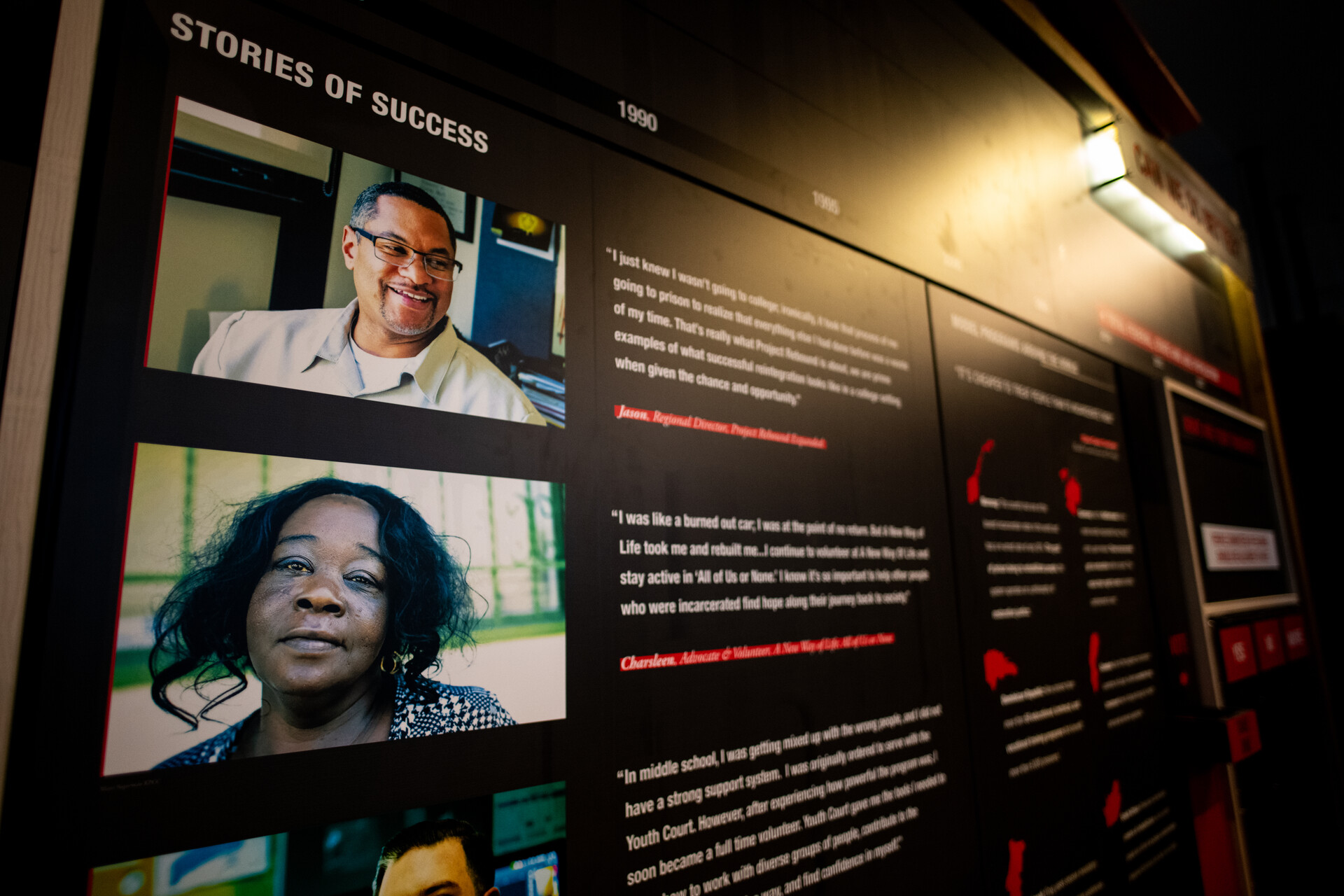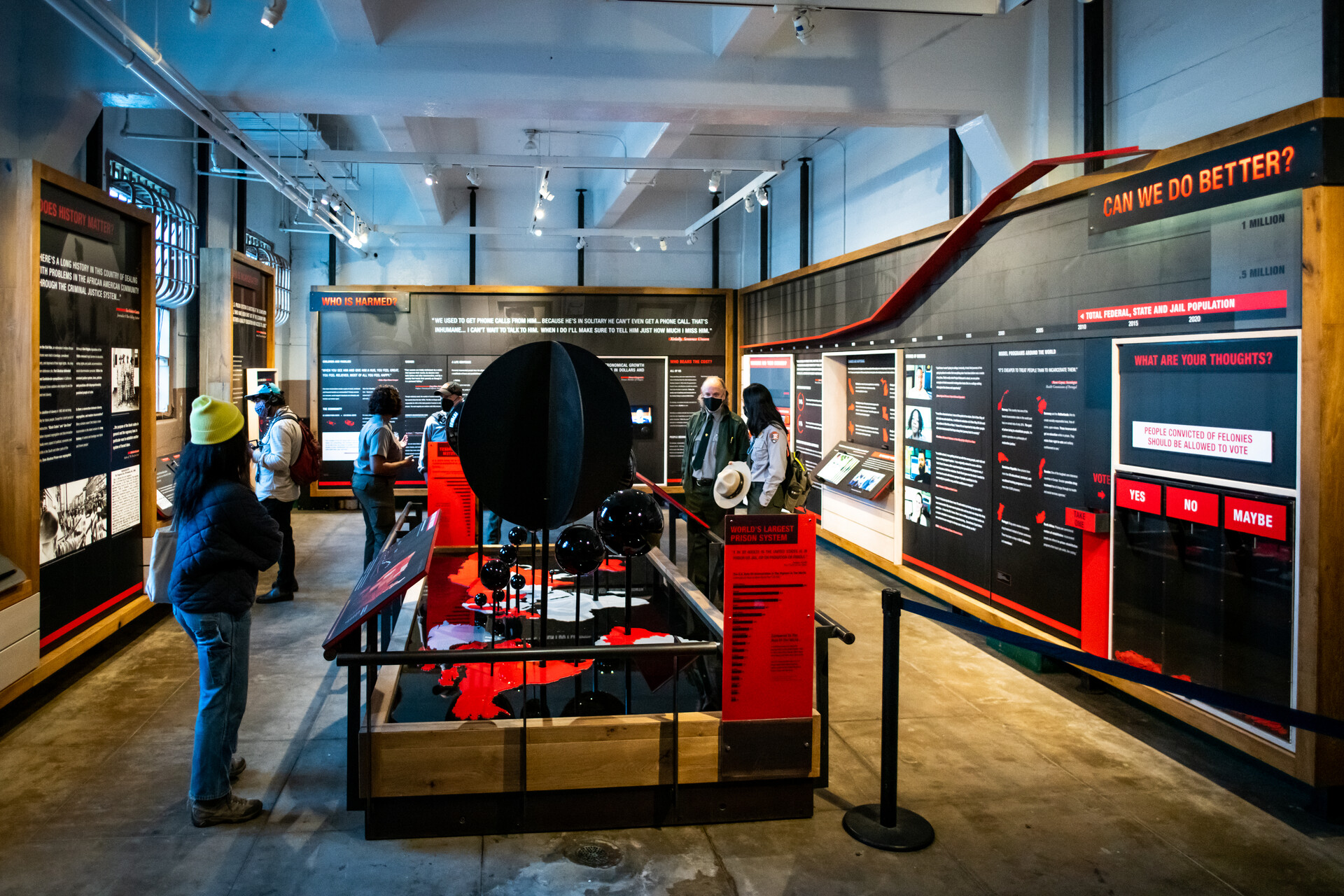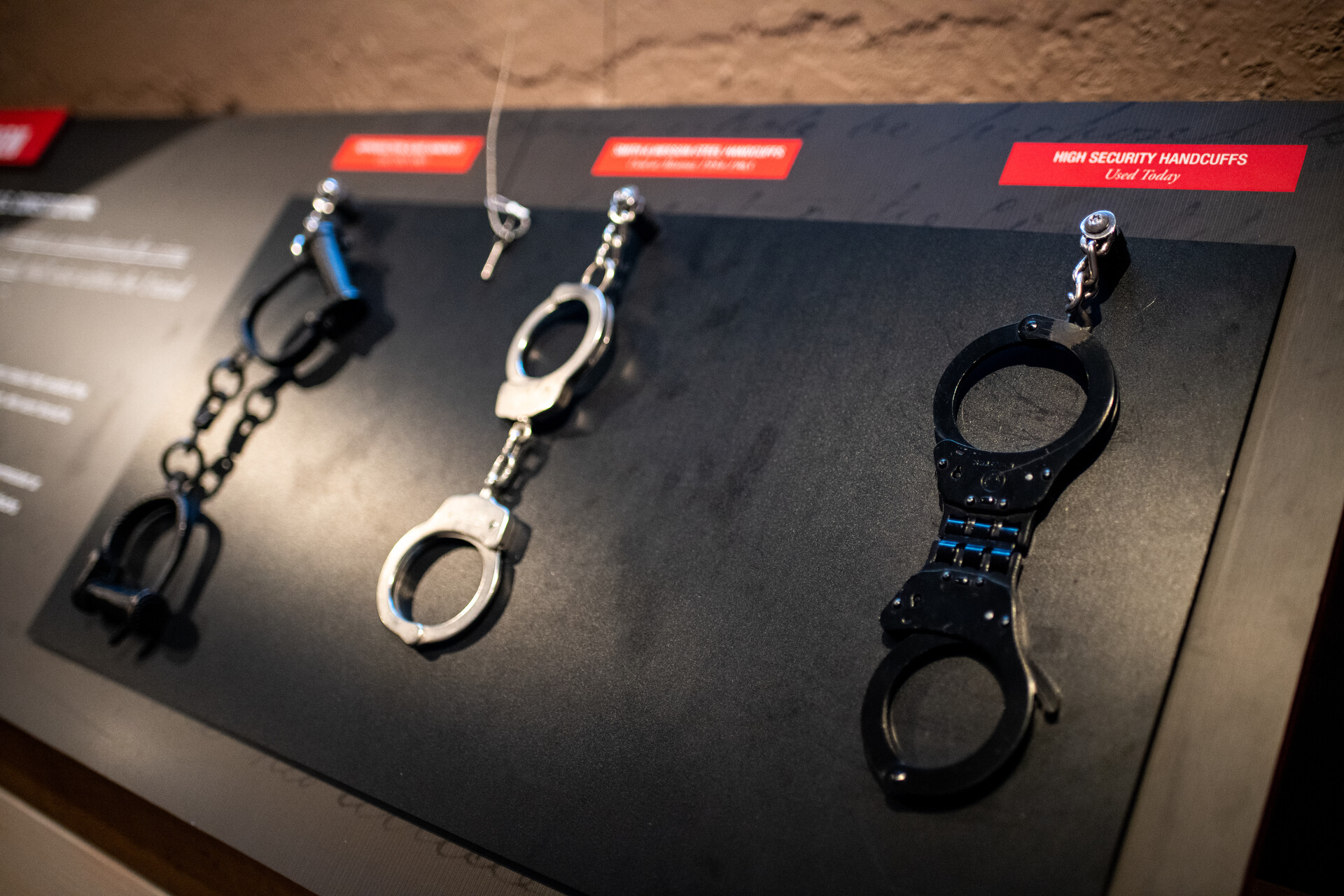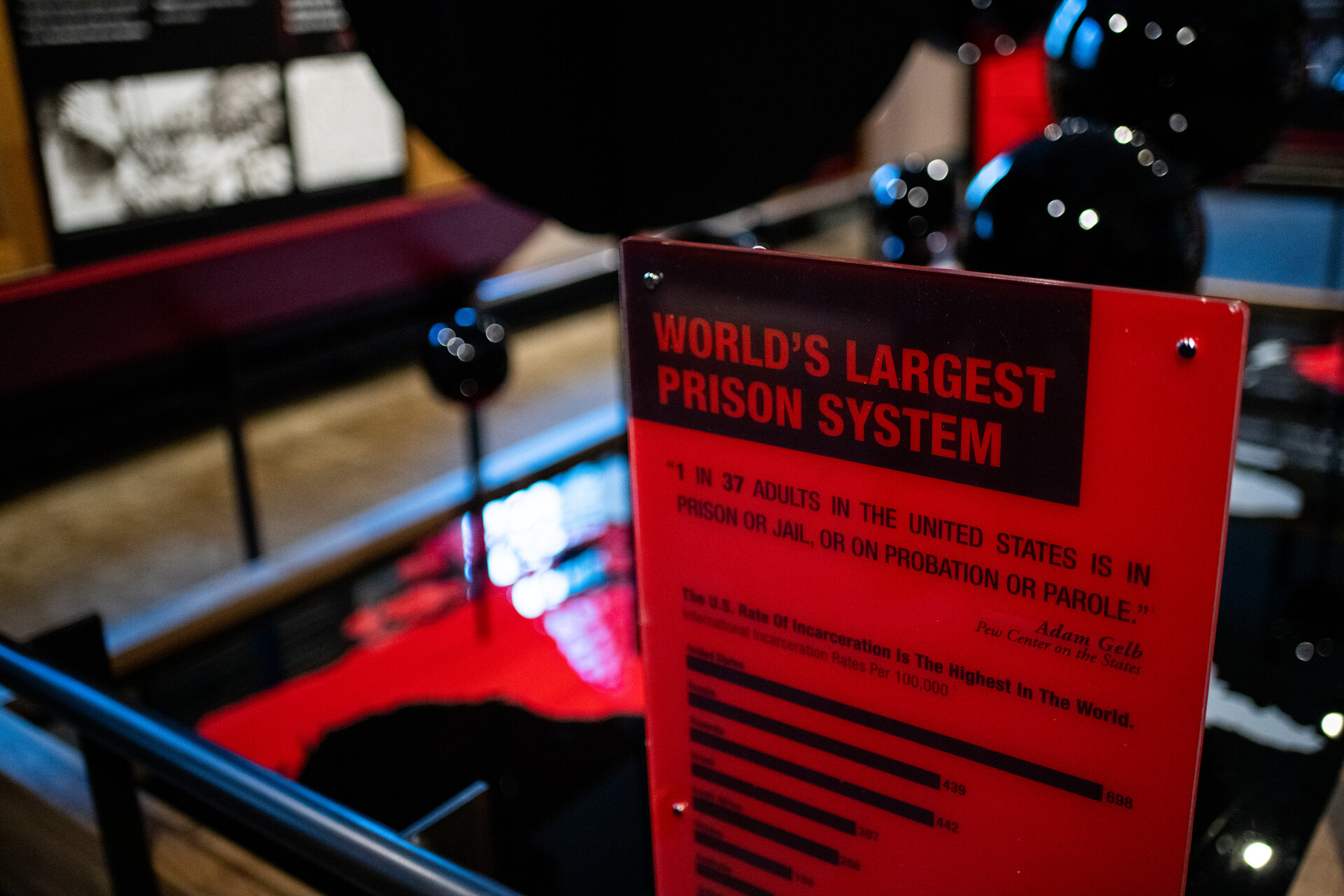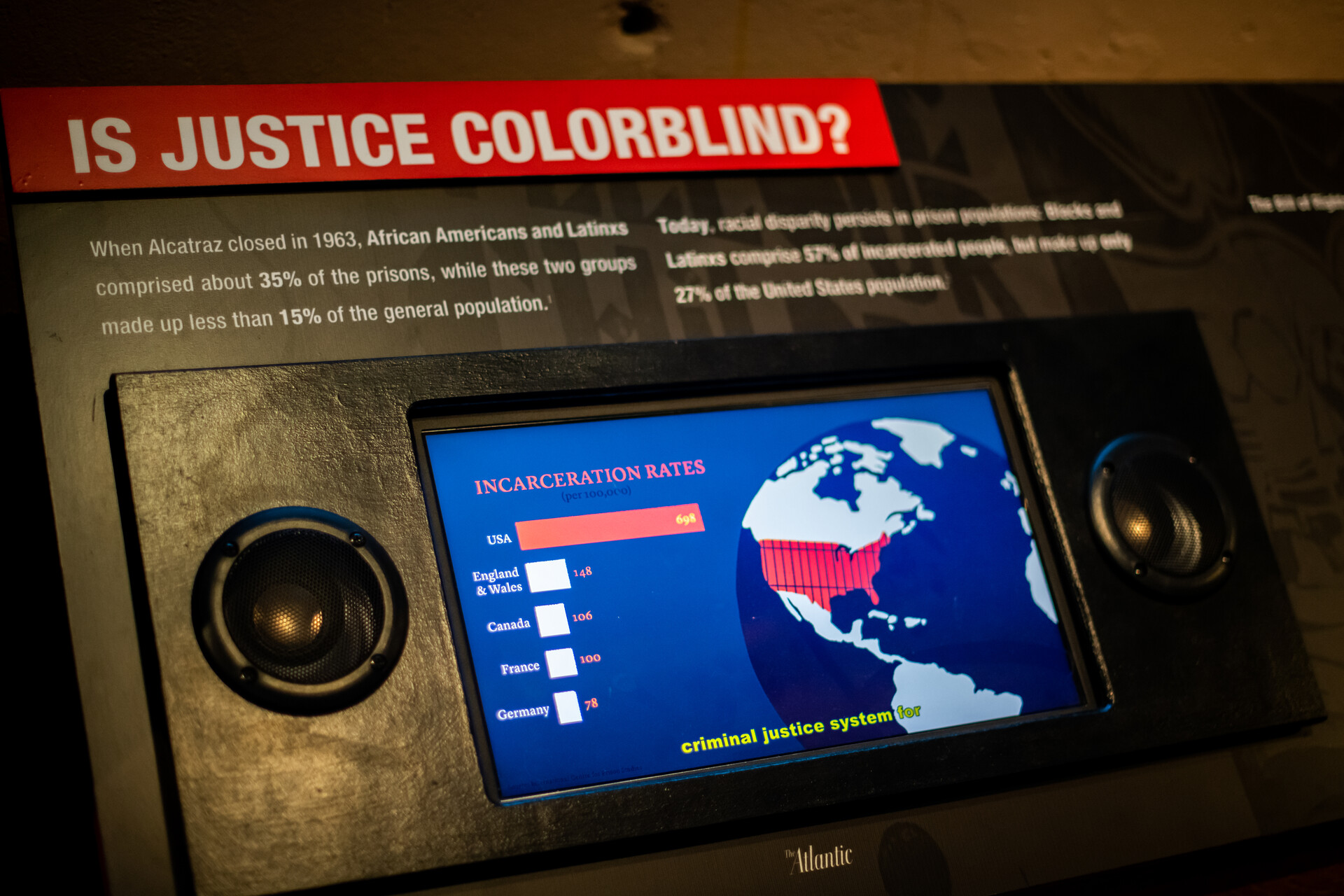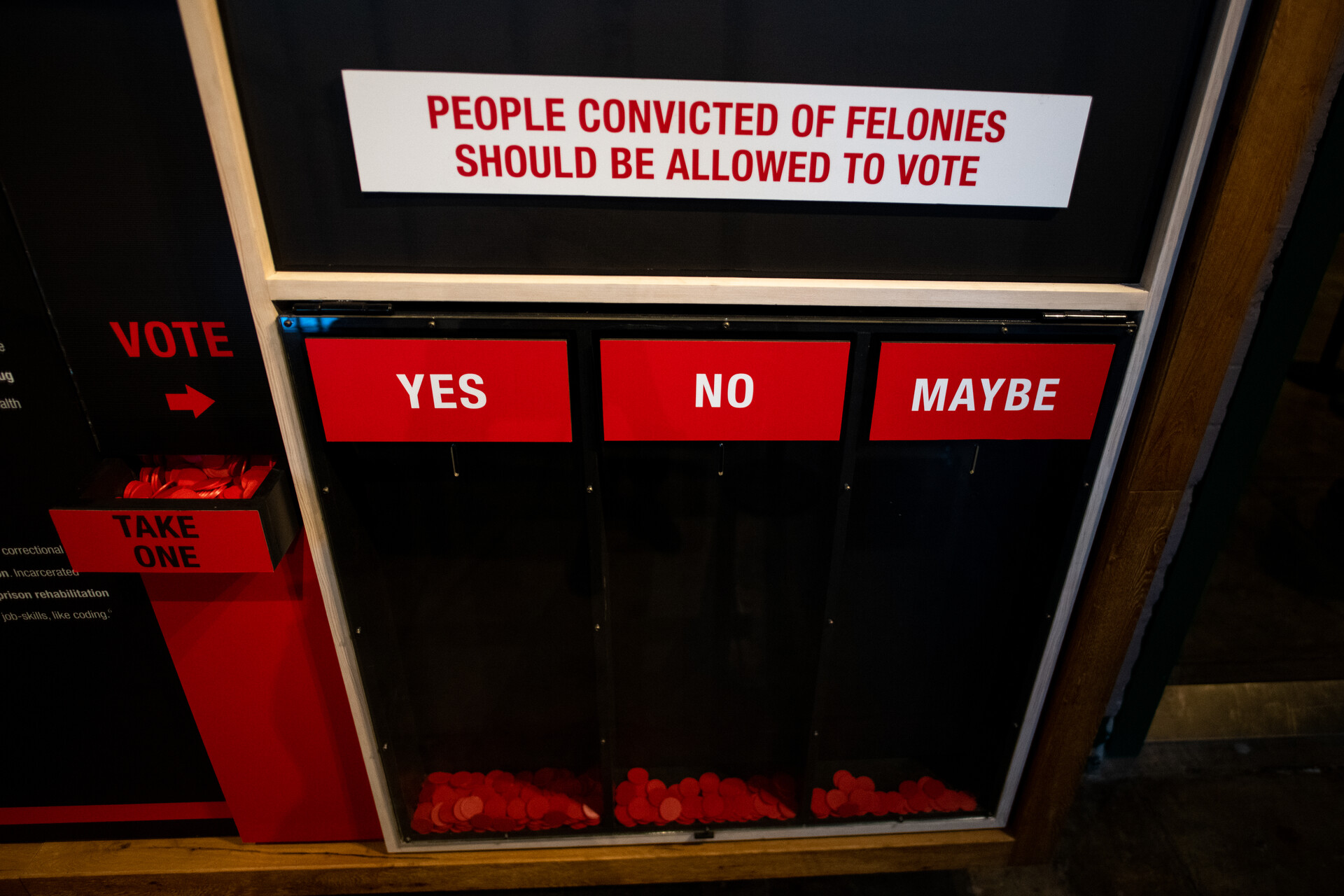For years, San Francisco's former island prison, Alcatraz, has made its reputation mostly on famous escapes and infamous people.
Now a new exhibit, one of its first new permanent showcases in decades, is highlighting injustices in the U.S. mass-incarceration system.
It’s called “The Big Lockup: Mass Incarceration in the United States." Free with admission, it's the first major permanent exhibit on the island in 30 years. The exhibit is a self-guided experience that uses text, photographs and interactive content to inform audiences about the history of incarceration in the U.S.
Its exhibits explicitly question the criminal justice system, with panels that say "Who is harmed?" and "Can we do better?"
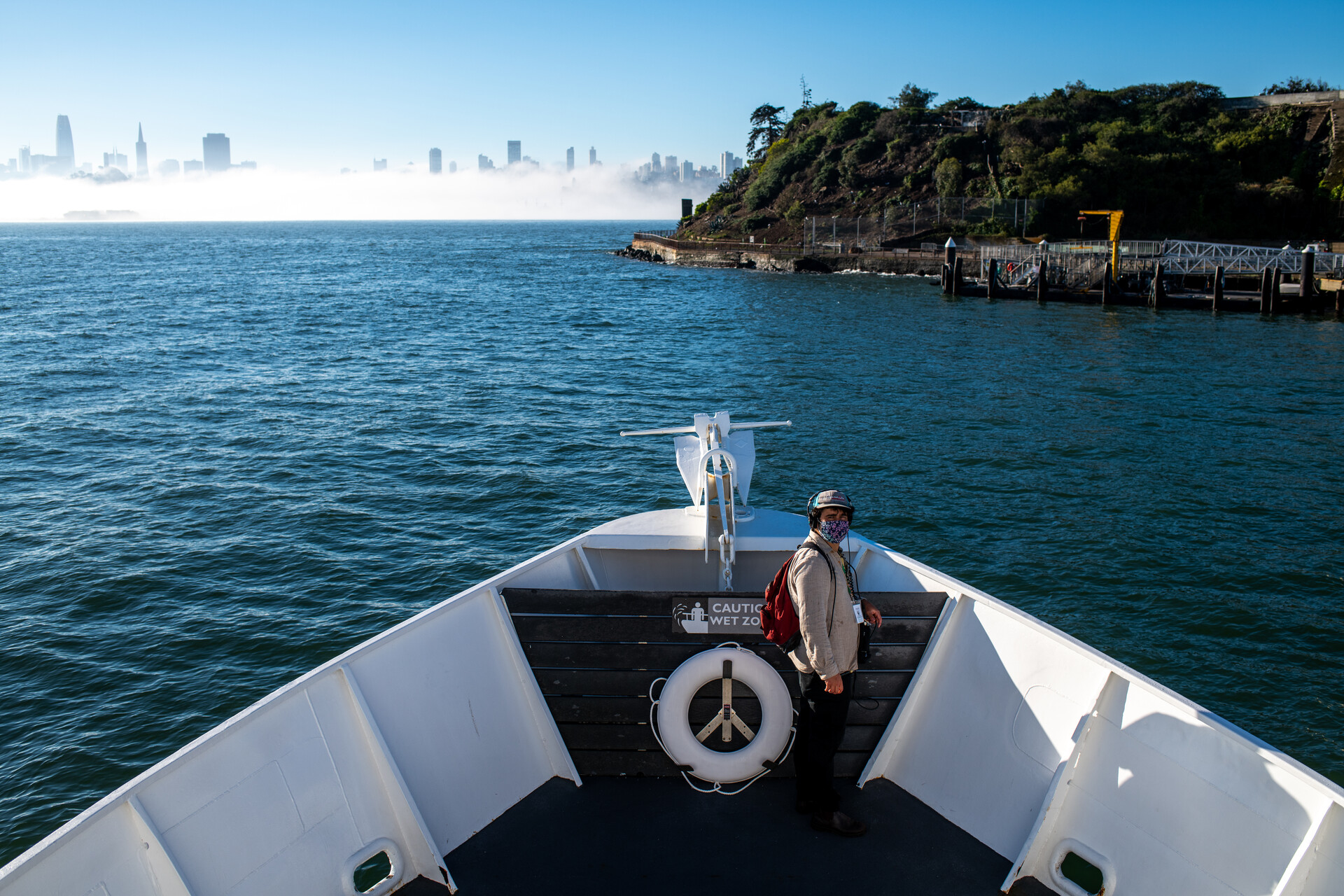
“We have a new impetus here to try to make Alcatraz relevant to conditions in the country today, as well as to move away from the Hollywood image of Alcatraz to more relevant issues and to get people thinking about these issues in a critical way," said Will Elder, a spokesperson for the Golden Gate National Recreation Area.
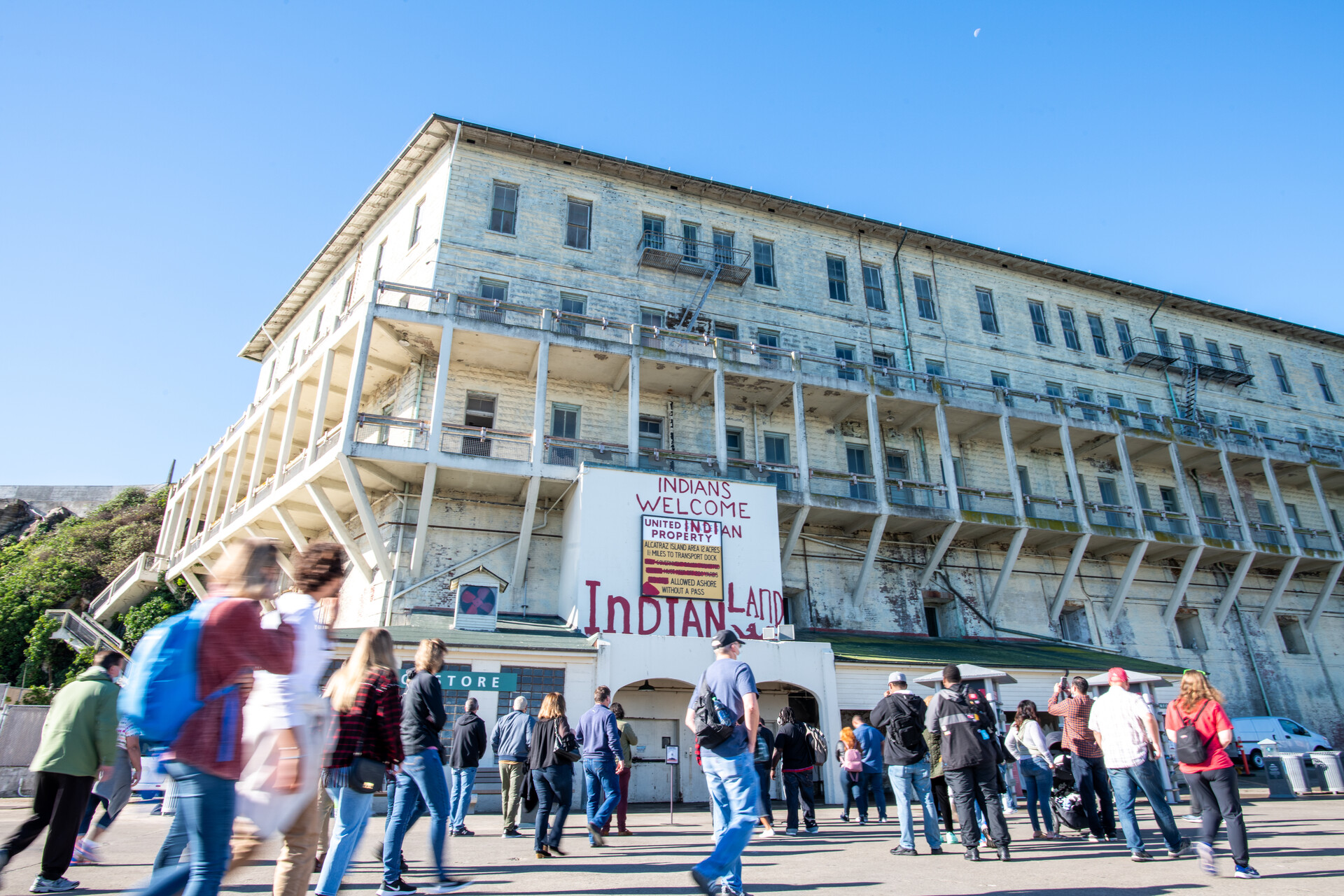
The exhibit features infographics explaining how the war on drugs and systemic racism has disproportionately incarcerated people of color, as well as panels describing how education, affluence, drug use and whether or not someone is placed in foster care can influence the likelihood that someone is incarcerated.
